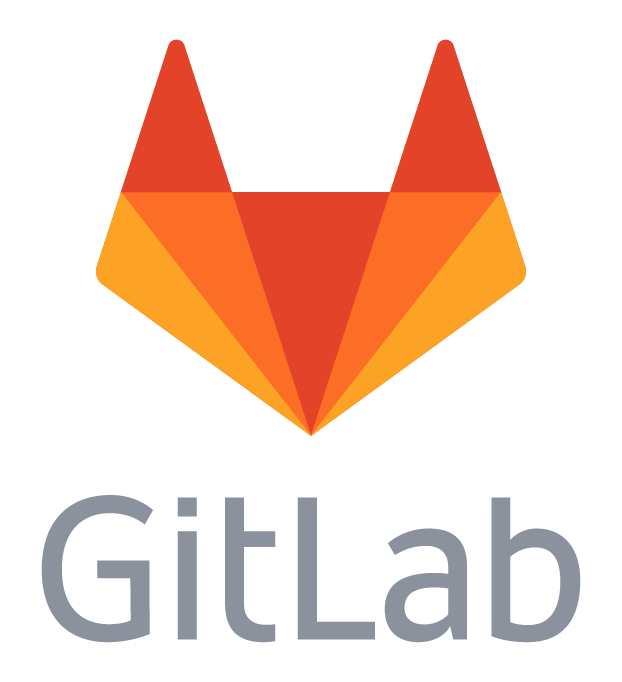Continuous Delivery with Capistrano and GitLab Continuous Integration

Capistrano is a deploy tool written in Ruby that I adopted last year, and started use with jvt.me, hacknotts.com and inspirewit.com.
Continuous Delivery
What's the Point?
Continuous Delivery is a brilliant method of ensuring that your software is pushed to (ideally) the production environment, to increase the confidence you have with your deployment process, and to help unlock functionality and value for the end user much, much more quickly.
As you would expect, this ties in very nicely with Continuous Integration.
A Brief Introduction to Capistrano
Why use Capistrano?
Capistrano employs a powerful Domain Specific Language in which you can describe the method of which your deployments should occur.
Capistrano provides the ability to perform a deployment to a given environment or host, as well as orchestrating rollbacks if needed, too.
Capistrano also has a concept called roles which provides the ability to describe whether a given host is a web server, a database server, or some other given part of infrastructure. As part of this, you can ensure that only the required hosts are touched with the latest changes, instead of the whole deployment infrastructure being updated.
Although this functionality can all be done with a set of shell scripts (or indeed one of the many other deploy tools), Capistrano's simplicity makes it an ideal tool for simple and complex applications alike. My choice to use Capistrano was due to my use of Jekyll, and its ability to work with many different ecosystems, such as the ability to run grunt for hacknotts.com.
How to Hook into GitLab Continuous Integration
Now we understand why we would want to use Capistrano, let's look at how to integrate the process into GitLab's CI.
CI Images + Dependencies
One of the great things about GitLab CI, that is not available in something like Travis CI, is that you can provide your own Docker images to be run as part of the CI infrastructure. For instance, instead of having a set image in Travis, which may or may not have dependencies, which you then need to install, you can leverage this and specify what you want your tests to run on.
For instance, we want to be using Capistrano, which is a Ruby tool. Therefore, we would want to have Ruby preinstalled. This can be done with the following line in our .gitlab-ci.yml file, which specifies a Docker image that can be grabbed straight from the Docker hub.
image: ruby:2.3
Next, we need to specify Capistrano as a dependency. We can do this one of two ways; firstly, we can use the before_script directive, which will install capistrano before each and every stage within our CI run. This means that if there are several stages for the CI pipeline, there will be several installs, too.
image: ruby:2.3
before_script:
- gem install capistrano
Alternatively, we can install dependencies solely when we're deploying the image. As you would imagine, this is the preferable choice, and will save us unnecessary downloads.
image: ruby:2.3
stages:
- deploy
deploy_application:
stage: deploy
script:
- gem install capistrano
This now allows us the opportunity to run Capistrano as part of our deploy job. For instance:
deploy_application:
stage: deploy
script:
- gem install capistrano
- cap production deploy
This would perform the deploy job for the production stage. However, we don't always want to deploy to production, and will instead want to perform a deployment dependent on the branch. For instance, the following snippet will deploy the develop branch to the staging environment, and the master branch to the production environment.
staging_deploy:
stage: deploy
script:
- gem install capistrano
- cap staging deploy
only:
- develop
production_deploy:
stage: deploy
script:
- gem install capistrano
- cap production deploy
only:
- master
Note that this isn't always the best pattern; for true Continuous Delivery, we would be using short-lived branches, and for Eventual Integration projects, this could be updated to deploy separate branches into respective stages.
Capistrano Secrets
However, there is an issue; Capistrano won't work! Due to the method it uses SSH keys for deployment, we need to bake in an SSH key for the deploy job to be able to communicate with the end server.
However, due to the way that key-based authentication works, this will require the saving of the private key for the job. As such, this needs to be carefully done; if the private key is at any point exposed in the logs, this will compromise the security of the server.
Therefore, the best method is to use ssh-agent, as outlined in the GitLab docs. Note that these steps will only work on a Debian-based host. If running on a different Operating System, you will need to install ssh-agent through your package manager.
staging_deploy:
stage: deploy
script:
- which ssh-agent || ( apt-get update -y && apt-get install openssh-client -y )
- eval $(ssh-agent -s)
# add ssh key stored in SSH_PRIVATE_KEY variable to the agent store
- ssh-add <(echo -e "$SSH_PRIVATE_KEY")
- gem install capistrano
- cap staging deploy
only:
- develop
This requires that we have added our SSH key into the Variables section in the GitLab project. A workaround that fixes a bug where the private key isn't interpreted correctly can be done by replacing each of the newlines with a literal \n.
# http://stackoverflow.com/a/1252191
sed ':a;N;$!ba;s/\n/\\n/g' /path/to/private_key
With this in place, our deploy will now correctly authenticate to the end server, and perform our deploy as requested!
Now, when we perform a push to our master or develop branches, we'll be able to push through to our production or staging environment respectively.
